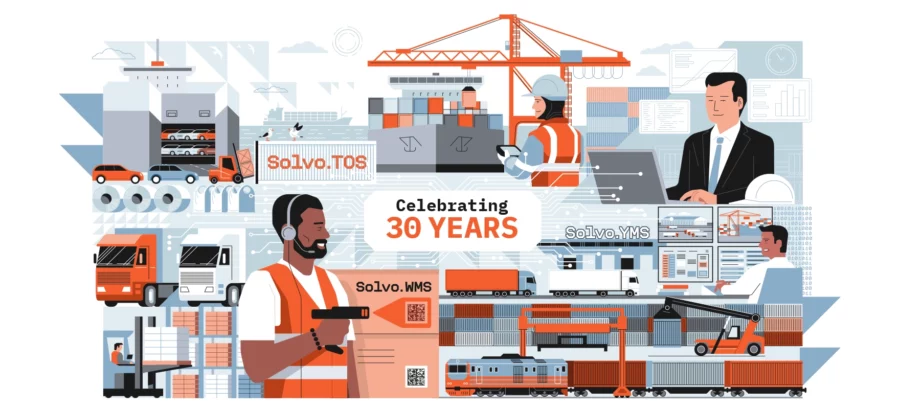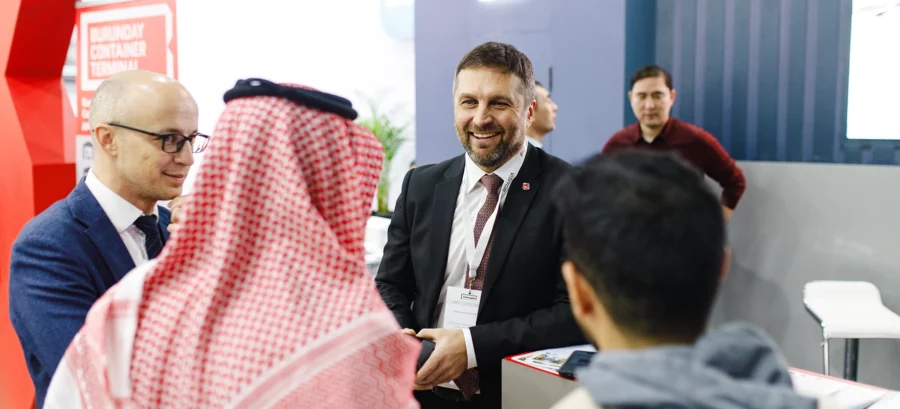What EDIFACT is — and why it emerged?
Before APIs became commonplace, the maritime and logistics community needed a shared “language” to exchange operational data reliably. EDIFACT (Electronic Data Interchange for Administration, Commerce and Transport) provides exactly that: a common syntax and message structure that lets independent systems exchange bay plans, booking details, status updates, and regulatory information without manual retyping.
Who uses EDIFACT in the port ecosystem
EDIFACT is used across the port community: carriers and their agents, terminal operators, port community systems, forwarders, and government authorities. In container shipping, message guidelines maintained by industry bodies (e.g., for stowage plans and stowage instructions) are part of everyday line–terminal workflows. Beyond container planning, EDIFACT also covers gate movements, arrival/departure notifications, and hazardous-cargo declarations, keeping all parties aligned on what is moving, where, and when.
Why EDIFACT still matters in 2025
Despite the rise of RESTful APIs and XML, EDIFACT remains deeply embedded in maritime IT for three practical reasons:
- Interoperability across mixed tech stacks. It connects legacy and modern systems without forcing everyone onto the same platform.
- End-to-end coverage. Messages span vessel planning, gate events, customs exchanges, and more, reducing manual touches and errors.
- Operational reliability. Mature, predictable integrations help terminals maintain planning cadence and data integrity at scale.
Where Solvo.TOS fits
Solvo.TOS is built to operate natively in that ecosystem. The platform:
- Supports the full set of maritime EDIFACT exchanges commonly used between carriers, agents, authorities, and terminals (alongside XML/XLS when required).
- Moves planning data, bay plans, gate status, and service events accurately and in real time between the terminal and partners.
- Reduces manual handling, shortens planning cycles, and provides a clean audit trail for compliance and post-operation analysis.
EDIFACT remains a dependable transport layer for operational data in ports — and Solvo.TOS makes that layer fast, transparent, and manageable.






